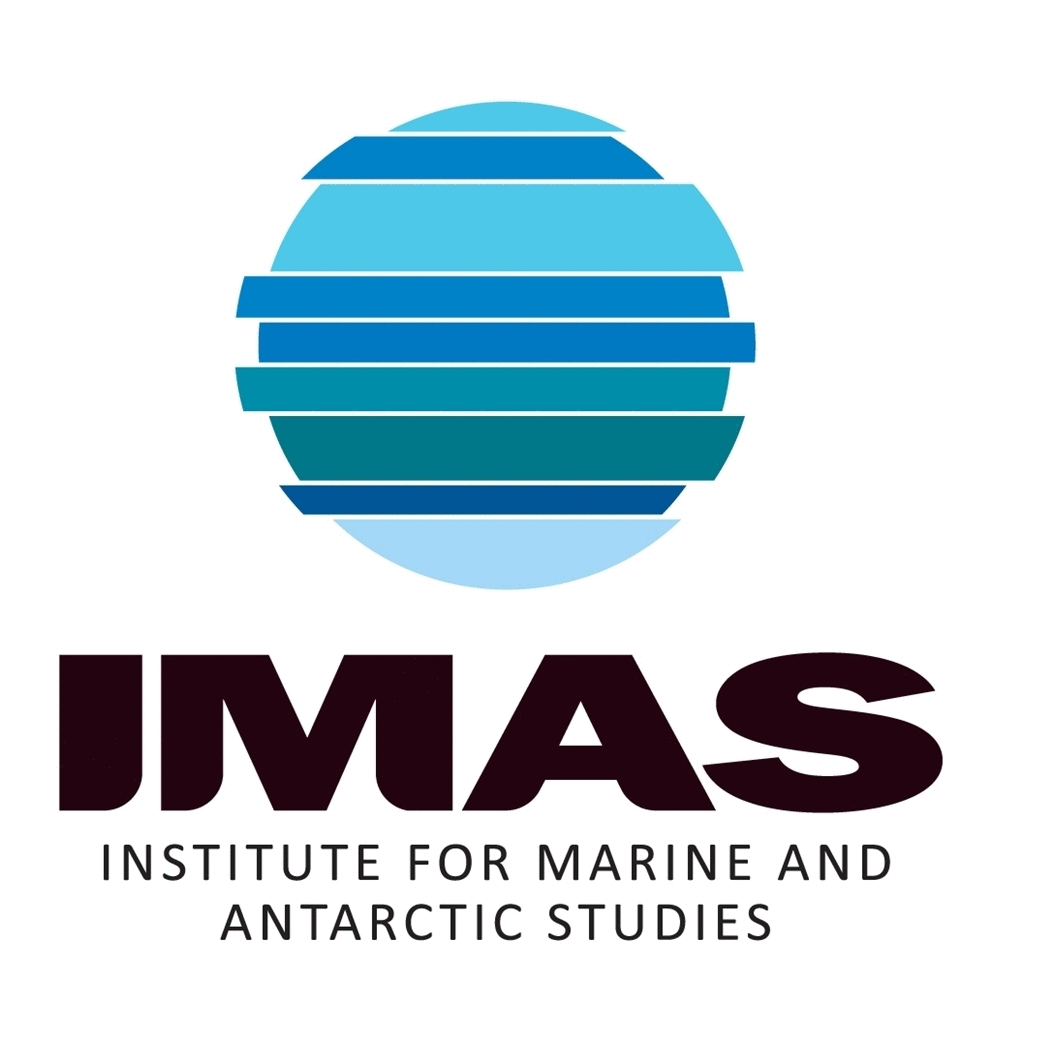Natural growth lines in sea urchin (Heliocidaris erythrogramma) ossicles
Sea urchin tagged using tetracycline display visible marks in jaw elements and test plates that can be used to determine growth and subsequently an individuals age. Natural growth lines in the same structures can be used to determine age if natural lines are deposited at a consistent rates independent of age. Sea urchins were tagged using tetracycline and age determined from both fitted growth models and the number of bands deposited. Rates of natural line deposition were also quantified.
Simple
Identification info
- Date (Creation)
- 2008-08-12T15:20:00
Principal investigator
Tasmanian Aquaculture and Fisheries Institute (TAFI) - Pederson, Hugh, Dr (PhD student)
Private Bag 49
University of Tasmania
Hobart
TAS
7001
Australia
Point of contact
School of Zoology, University of Tasmania (UTAS) - Johnson, Craig, Prof. (PhD supervisor)
Private Bag 5
University of Tasmania
Hobart
Tasmania
7001
Australia
- Purpose
- Determine if natural growth lines in sea urchin jaws and test plates could be used to accurately determine age.
- Credit
- Australian Research Council (ARC)
- Status
- Completed
Principal investigator
Point of contact
Institute for Marine and Antarctic Studies (IMAS), University of Tasmania (UTAS) - Johnson, Craig, Prof.
IMAS - Sandy Bay
Private Bag 129
Hobart
Tasmania
7001
Australia
- Topic category
-
- Biota
Extent
N
S
E
W
))
Temporal extent
- Time period
- 1999-01-01T00:00:00 2001-02-28T00:00:00
Vertical element
- Minimum value
- 5
- Maximum value
- 5
- Identifier
- EPSG::5715
- Name
- MSL depth
- Maintenance and update frequency
- Not planned
Resource format
- Title
- Microsoft excel (xls)
- Date
- Edition
- -
- Global Change Master Directory Earth Science Keywords v.5.3.8
-
- Oceans | Marine Biology | Marine Invertebrates
- CAAB - Codes for Australian Aquatic Biota v2.
-
- 25 247001
- Heliocidaris erythrogramma
- Keywords (Theme)
-
- Growth
- Australian and New Zealand Standard Research Classification (ANZSRC): Fields of Research
- Keywords (Theme)
-
- Test diameter
- Number of growth lines in urchin test plate
- Age
Resource constraints
- Classification
- Restricted
Resource constraints
- Use limitation
- The data described in this record are the intellectual property of H. Pederson
Resource constraints
- Linkage
-
http://i.creativecommons.org/l/by/2.5/au/88x31.png
License Graphic
- Title
- Creative Commons Attribution 2.5 Australia License
- Website
-
http://creativecommons.org/licenses/by/2.5/au/
License Text
- Other constraints
- The citation in a list of references is: citation author name/s (year metadata published), metadata title. Citation author organisation/s. File identifier and Data accessed at (add http link).
- Other constraints
- Please contact H. Pederson for access to data.
Associated resource
- Title
- Population dynamics of the sea urchin Heliocidaris erythrogramma
- Date (Creation)
- 2011-09-21T00:00:00
- Language
- English
- Character encoding
- UTF8
- Supplemental Information
- Pederson, H.G. (2003). Population dynamics of the sea urchin Heliocidaris erythrogramma on the east coast of Tasmania (PhD thesis, University of Tasmania). Pederson, H.G. and Johnson, C.R. (2008). Growth and age structure of sea urchins (Heliocidaris erythrogramma) in complex barrens and native macroalgal beds in Tasmania. ICES Journal of Marine Science, 65: 1-11.
Content Information
- Content type
- Physical measurement
- Name
- Test diameter
- Name
- mm
- Name
- Number of growth lines in urchin test plate
- Name
- Number of growth lines in urchin ossicles
- Name
- Age
Distribution Information
- Distribution format
-
- Microsoft excel (xls)
Distributor
Principal investigator
Resource lineage
- Statement
- Approximately 400 individual urchins were chemically tagged at each of three sites in the Mercury Passage, Tasmania. At each site all sea urchins from an experimental plot measuring approximately 10m x 6m were collected for tagging. Sites were at Four Mile Point (42o 37'S, 148o 01'E), Chinamans Bay (42o 40'S, 148o 02' E) and Lords Bluff (42o 31'S, 147o 59'E), and experimental plots were located on the 5m depth contour. The test diameter of each urchin was measured, and individuals received a standard dose of tetracycline for tagging. Chemically tagged sea urchins were returned to experimental plots. Two samples of tagged sea urchins were later recovered to determine the deposition rate of growth lines, 12 and 24 months post-tagging. Sample preparation: Prior to dissection the test diameter of the urchin was measured. On dissection, half of the test and the entire Aristotle's lantern were placed into a solution of 5% sodium hypochlorite. The calcified material remaining after 24 hours was rinsed thoroughly with freshwater before being air-dried for 48 hours. Four separate ossicles were selected from each individual sea urchin. Three plates were selected from the interambulacral column for preparation, viz. from the oral end, mid-axis and aboral end along with one demipyramid. The mid-axis plate is located at the maximum radius of the test curvature. The oral plate was located by measuring the mid-point between the oral nerve complex and the mid-axis plate and the aboral plate located mid way between the mid-axis plate and the genital plate. For further details on sample preparation, selection and growth measurement please contact the researcher.
- Hierarchy level
- Dataset
Metadata
- Metadata identifier
- 77518810-682a-11dd-84bb-00188b4c0af8
- Language
- English
- Character encoding
- UTF8
Point of contact
Type of resource
- Resource scope
- Dataset
- Metadata linkage
-
https://metadata.imas.utas.edu.au/geonetwork/srv/eng/catalog.search#/metadata/77518810-682a-11dd-84bb-00188b4c0af8
Point of truth URL of this metadata record
- Date info (Creation)
- 2018-03-01T12:20:08
- Date info (Revision)
- 2018-03-01T12:20:08
Metadata standard
- Title
- ISO 19115-3:2018
Overviews
Spatial extent
N
S
E
W
))
Provided by

Associated resources
Not available
 IMAS Metadata Catalogue
IMAS Metadata Catalogue